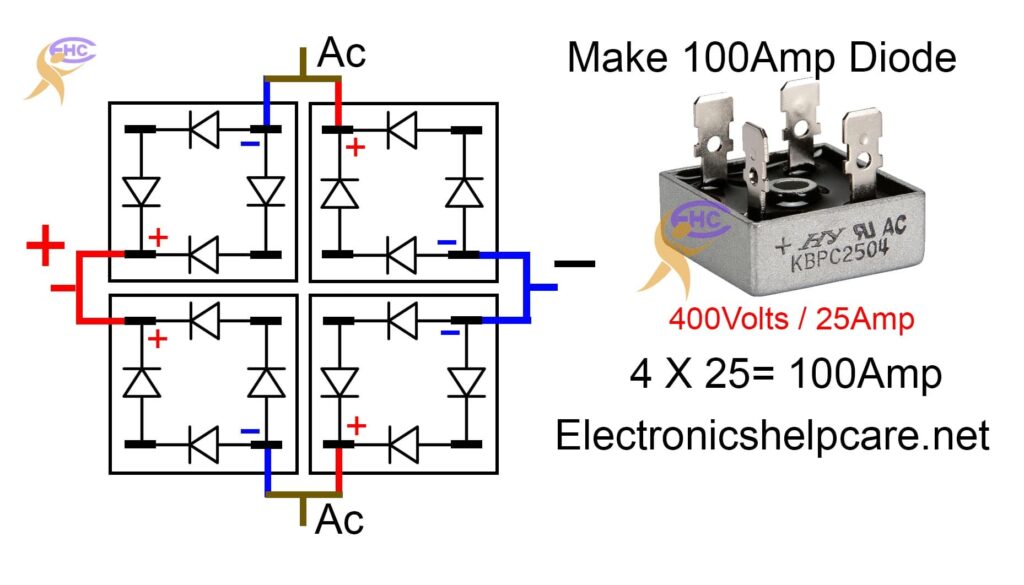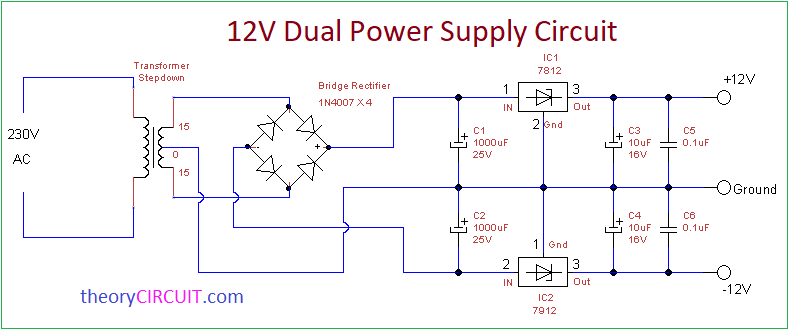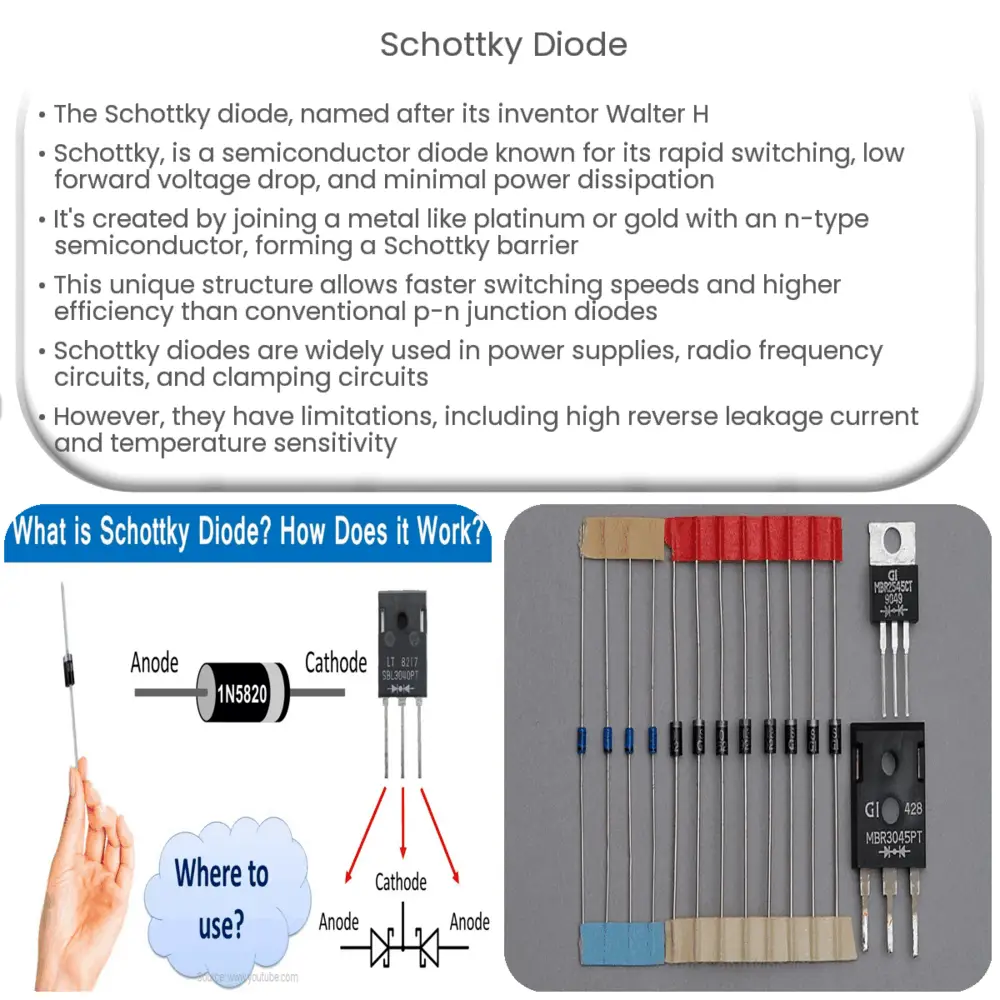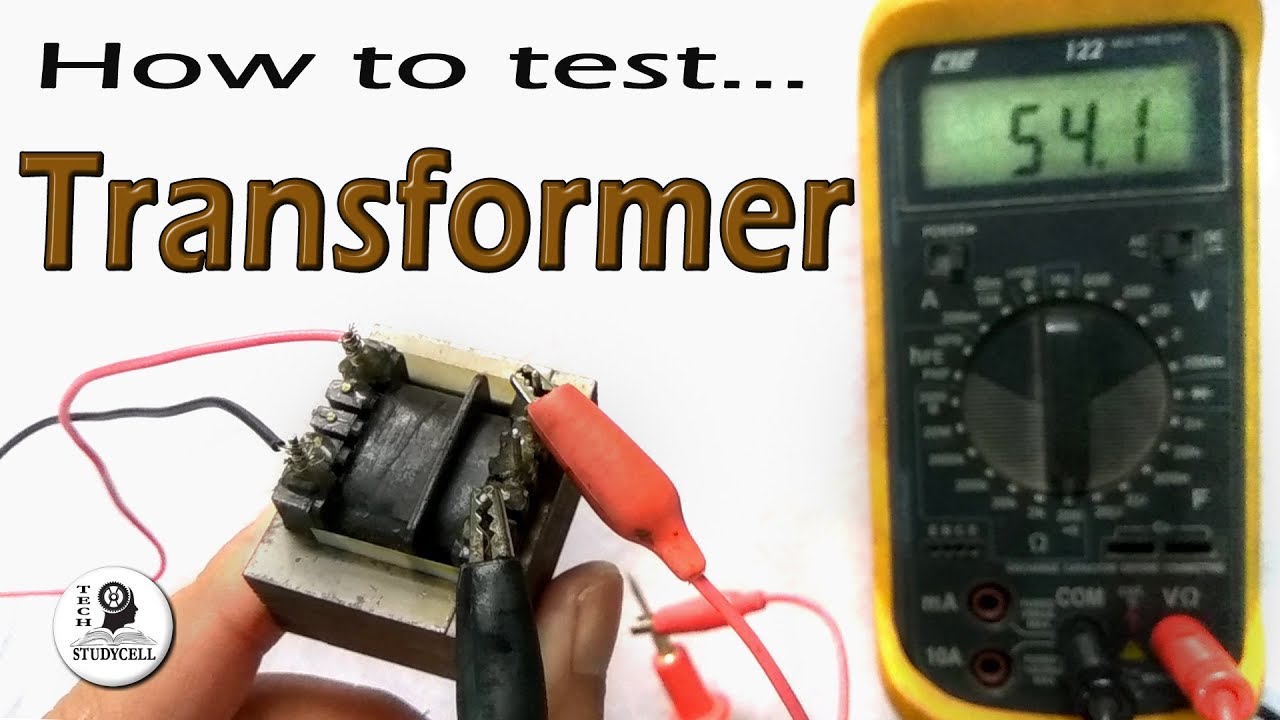How to Use a Power Diode in a High-Current Circuit
Power diodes are essential components in electronics, especially in high-current circuits. They are designed to handle large amounts of electrical current, making them ideal for applications where power efficiency is crucial. In this article, we will discuss how to use a power diode in a high-current circuit effectively.
Understanding Power Diodes
Before we dive into how to use power diodes in high-current circuits, let’s first understand what power diodes are. Power diodes are semiconductor devices that allow current to flow in one direction only. They have a forward-biased state, where they conduct electricity, and a reverse-biased state, where they block the current from flowing.
Power diodes are commonly used in rectifier circuits to convert alternating current (AC) into direct current (DC). They are also used in voltage regulation circuits to maintain a steady voltage output.
Choosing the Right Power Diode
When selecting a power diode for a high-current circuit, there are a few key factors to consider:
- Maximum Forward Current: This is the maximum amount of current the diode can handle in the forward direction without getting damaged.
- Reverse Voltage Rating: This is the maximum reverse voltage that the diode can withstand without breaking down.
- Forward Voltage Drop: This is the voltage drop across the diode when it is conducting current.
- Recovery Time: This is the time it takes for the diode to switch from the conducting state to the blocking state.
It is essential to choose a power diode that can handle the current and voltage requirements of your circuit without overheating or breaking down.
Using a Power Diode in a High-Current Circuit
When using a power diode in a high-current circuit, it is crucial to follow these steps:
- Ensure proper heat sinking: Power diodes can generate heat when handling high currents. It is essential to provide adequate heat sinking to prevent overheating.
- Use a Schottky diode for higher efficiency: Schottky diodes have a lower forward voltage drop compared to standard silicon diodes, making them ideal for high-current applications.
- Pay attention to polarity: Make sure that you connect the power diode in the correct orientation to prevent damage to the circuit.
- Consider using a flyback diode: In circuits with inductive loads, such as motors or relays, a flyback diode can protect the power diode from voltage spikes.
By following these steps, you can effectively use a power diode in a high-current circuit to ensure reliable and efficient operation.
Conclusion
Power diodes are essential components in high-current circuits, providing efficient current control and voltage regulation. By choosing the right power diode and following proper usage guidelines, you can ensure the reliable operation of your circuit. Remember to pay attention to heat dissipation, diode efficiency, polarity, and protection against voltage spikes when using power diodes in high-current applications.
How to Use a Power Diode in a High-Current Circuit
Power diodes are essential components in electronics, especially in high-current circuits. They are designed to handle large amounts of electrical current, making them ideal for applications where power efficiency is crucial. In this article, we will discuss how to use a power diode in a high-current circuit effectively.
Understanding Power Diodes
Before we dive into how to use power diodes in high-current circuits, let’s first understand what power diodes are. Power diodes are semiconductor devices that allow current to flow in one direction only. They have a forward-biased state, where they conduct electricity, and a reverse-biased state, where they block the current from flowing.
Power diodes are commonly used in rectifier circuits to convert alternating current (AC) into direct current (DC). They are also used in voltage regulation circuits to maintain a steady voltage output.
Choosing the Right Power Diode
When selecting a power diode for a high-current circuit, there are a few key factors to consider:
- Maximum Forward Current: This is the maximum amount of current the diode can handle in the forward direction without getting damaged.
- Reverse Voltage Rating: This is the maximum reverse voltage that the diode can withstand without breaking down.
- Forward Voltage Drop: This is the voltage drop across the diode when it is conducting current.
- Recovery Time: This is the time it takes for the diode to switch from the conducting state to the blocking state.
It is essential to choose a power diode that can handle the current and voltage requirements of your circuit without overheating or breaking down.
Using a Power Diode in a High-Current Circuit
When using a power diode in a high-current circuit, it is crucial to follow these steps:
- Ensure proper heat sinking: Power diodes can generate heat when handling high currents. It is essential to provide adequate heat sinking to prevent overheating.
- Use a Schottky diode for higher efficiency: Schottky diodes have a lower forward voltage drop compared to standard silicon diodes, making them ideal for high-current applications.
- Pay attention to polarity: Make sure that you connect the power diode in the correct orientation to prevent damage to the circuit.
- Consider using a flyback diode: In circuits with inductive loads, such as motors or relays, a flyback diode can protect the power diode from voltage spikes.
By following these steps, you can effectively use a power diode in a high-current circuit to ensure reliable and efficient operation.
Conclusion
Power diodes are essential components in high-current circuits, providing efficient current control and voltage regulation. By choosing the right power diode and following proper usage guidelines, you can ensure the reliable operation of your circuit. Remember to pay attention to heat dissipation, diode efficiency, polarity, and protection against voltage spikes when using power diodes in high-current applications.



